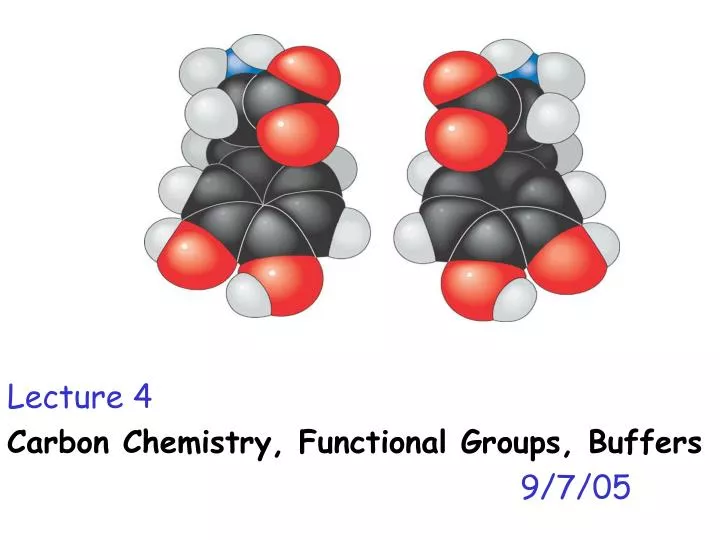

1,2-ethanedithiol protected ketone).Īn enone can also serve as a precursor for regiospecific formation of an enolate, here the enone is a “masked functionality” for the enolate. aldehydes) or steric blocking groups (e.g. Traditional methods for regioselective enolate formation use either electronic activating groups (e.g. However, the selectivity can be reversed by sterically hindering the thermodynamic product and therefore kinetically favouring deprotonation at the other α-carbon centre. Enolate formation will be thermodynamically favoured at the most acidic proton which depends on the electronic stabilization of the resulting anion. The selectivity is determined by both the steric and electronic effects on the α-carbons as well as the precise base used (see figure ""Masked functionality" for regiospecific enolate formation" for an example of this). When ketones are treated with base, enolates can be formed by deprotonation at either α-carbon. A prominent example of its use is in the total synthesis of progesterone illustrated in Figure "Regiospecific enolate formation in the total synthesis of progesterone". This provides one of the best understood synthetic strategies to introduce chemical complexity in natural product and total syntheses. Regiospecific formation is the controlled enolate formation by the specific deprotonation at one of the α-carbons of the ketone starting molecule. Regiospecific enolate formation in the total synthesis of progesterone Fumaric acid, as fumarate, is an intermediate in the Krebs citric acid cycle, which is of great importance in bioenergy. diethyl maleate, maleimide, and maleic anhydride. Maleic acid forms esters, an imide, and an anhydride, i.e. The parent compounds are maleic acid and the isomeric fumaric acid. Α,β-Unsaturated dicarbonyls are also common. Acrylic acid, its esters, and its amide derivatives feature the acryloyl group. Acrylamide and methyl acrylate are commercially important examples of α,β-unsaturated amides and α,β-unsaturated esters, respectfully. The carboxyl group of acrylic acid can react with ammonia to form acrylamide, or with an alcohol to form an acrylate ester. Acrylate polymers are derived from but do not contain the acrylate group. These compounds are prone to polymerization, giving rise to the large area of acrylate plastics. The simplest example is acrylic acid (CH 2=CHCO 2H).

Α,β-Unsaturated acids, esters, and amides Īn α,β-unsaturated acid is a type of α,β-unsaturated carbonyl compound that consists of an alkene conjugated to a carboxylic acid. Compounds containing an acryloyl group can be referred to as "acrylic compounds". The preferred IUPAC name for the group is prop-2-enoyl, and it is also known as acrylyl or simply (and incorrectly) as acryl. In general, carboxylic acids are represented by the formula RCOOH, where R is a hydrocarbon group.Α,β-Unsaturated carbonyl compounds featuring a carbonyl conjugated to an alkene that is terminal, or vinylic, contain the acryloyl group ( H 2 C=CH−C(= O)−) it is the acyl group derived from acrylic acid. As with aldehydes and ketones, carboxylic acid formulas can be written to show the carbon-to-oxygen double bond explicitly, or the carboxyl group can be written in condensed form on one line. The carboxyl group is a functional group that contains a carbon–oxygen double bond and an OH group also attached to the same carbon atom, but it has characteristic properties of its own. is an organic compound that has a carboxyl group A functional group that contains a carbon–oxygen bond and an OH group also attached to the same carbon atom. However, in these compounds, the carbonyl group is only part of the functional group.Ī carboxylic acid An organic compound that has a carboxyl group. The carbonyl group is also found in carboxylic acids, esters, and amides. We introduced the carbonyl group (C=O)-the functional group of aldehydes and ketones-in Chapter 14 "Organic Compounds of Oxygen". Identify the functional group for a carboxylic acid, an ester, an amine, and an amide.Identify the general structure for a carboxylic acid, an ester, an amine, and an amide.


 0 kommentar(er)
0 kommentar(er)
